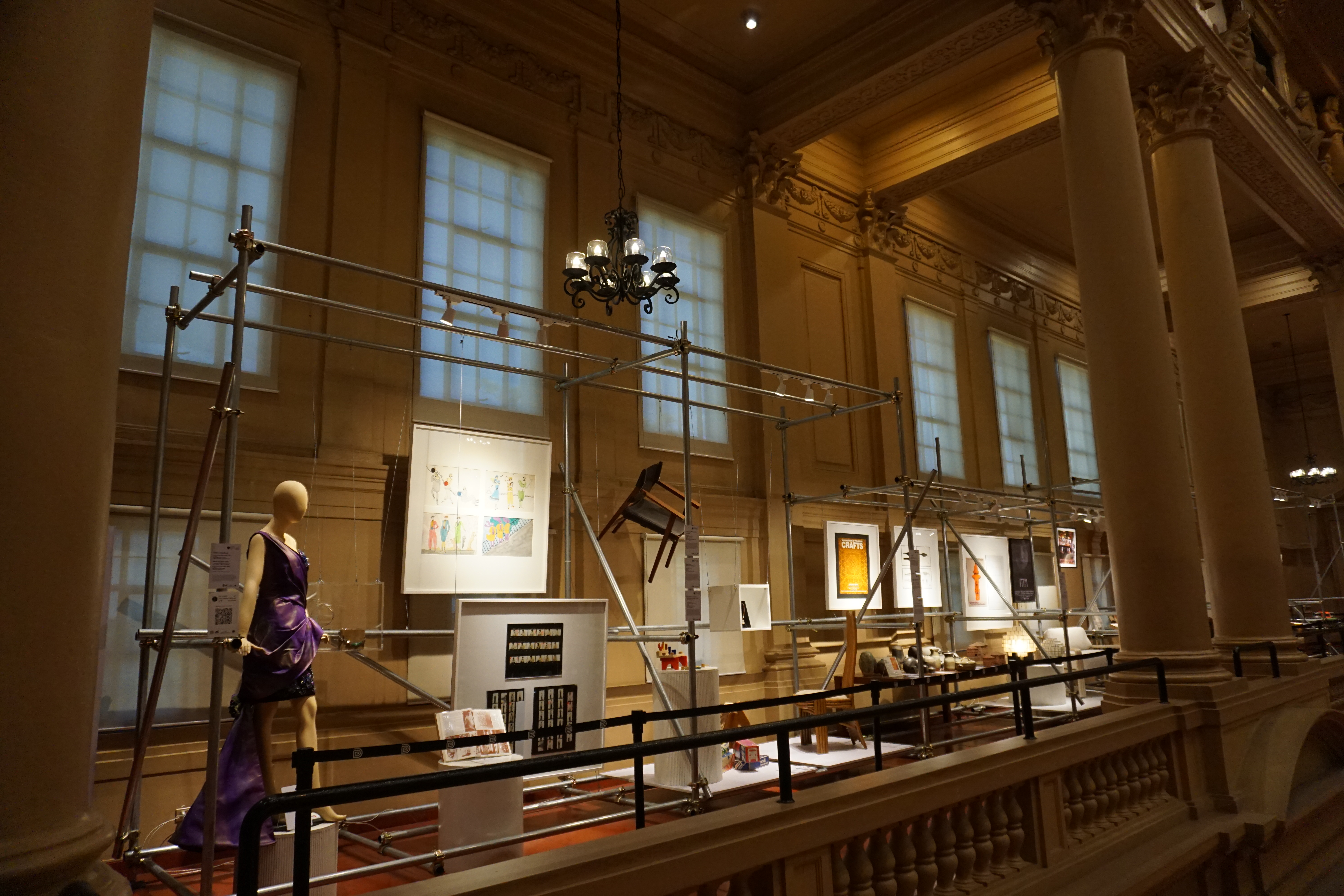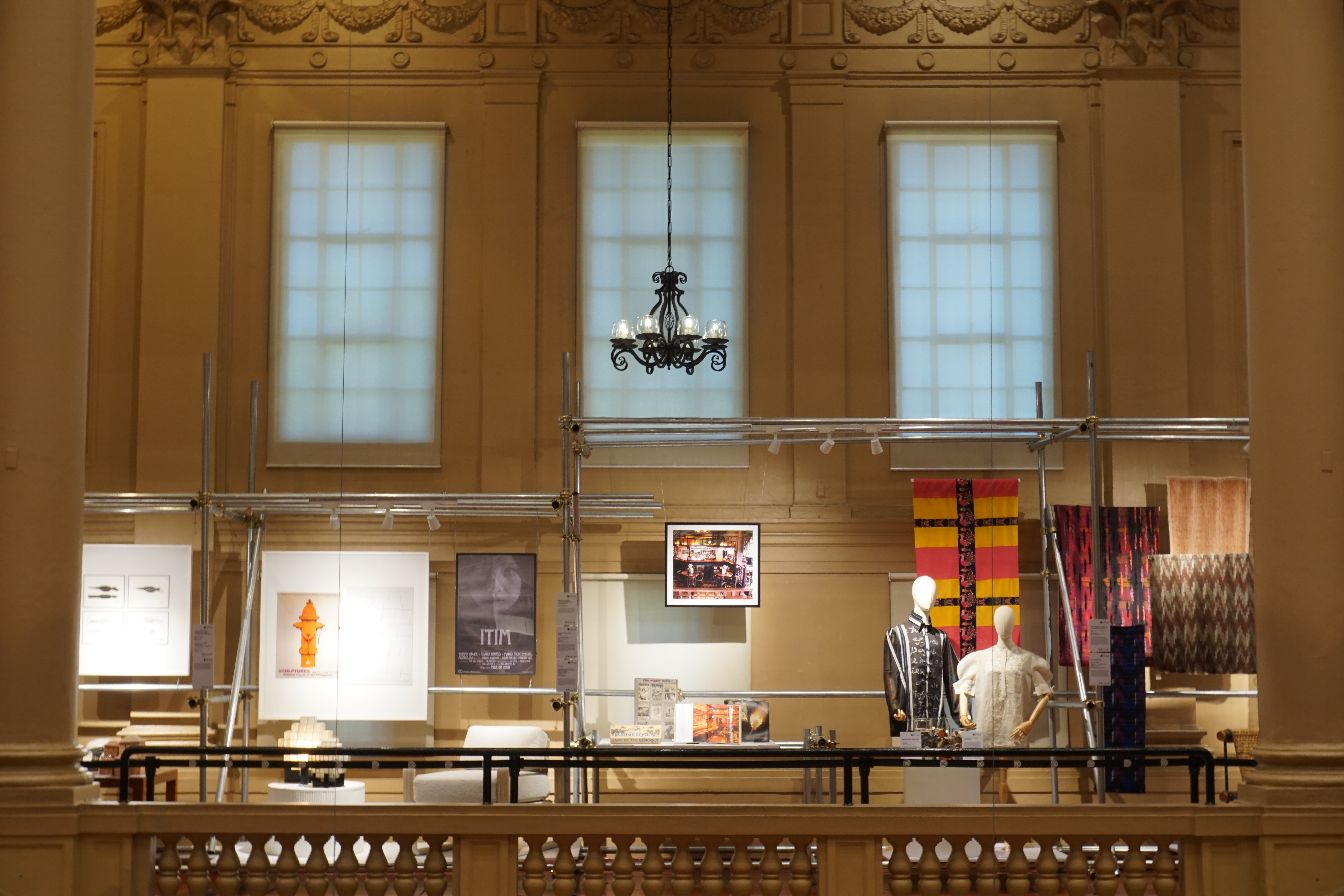THE POPE PIUS XII CATHOLIC CENTER IN U.N. AVENUE, MANILA
On 27 January, the National Museum of the Philippines unveiled the Important Cultural Property marker for the Pius XII Catholic Center, which coincided with the opening of the 127th Plenary Assembly of the Catholic Bishops Conference of the Philippines. In today’s #BuiltTraditionThursday, let us learn more about this remarkable institution!
Metropolitan Manila Archbishop Gabriel Reyes bought a one-and-a-half-hectare land situated in today’s United Nations Avenue, bordering Estero de Tanque creek, owned by the Compania General de Tabaco de Filipinas in Paco, Manila, for Php 695,000. Its proximity to the Manila Cathedral complex was strategic for implementing the works of Catholic organizations throughout the archdiocese.
Immediately after the acquisition of the tract of land, Archbishop Reyes commissioned Architect Juan Nakpil to design the building complex. The blueprints were already available in 1952 just before the archbishop died. His successor, Archbishop Rufino Cardinal Santos, promptly continued the project by laying the building’s cornerstones on 8 September 1958. Upon its completion, the complex was named Pope Pius XII Catholic Center after the reigning pontiff of that time. Construction commenced under the leadership of a commission of architects and builders, including Architects Jose Ma. Zaragoza, Fernando Ocampo, Arturo Manalac, and Imelda Borromeo Cancio, along with Engineers Vicente Esguerra and Mariano Sideco.
The complex served as a center for these various Catholic organizations. Years later, Archbishop Rufino Cardinal Santos and the Board of Trustees embarked on the expansion of the complex to serve other sectors like the students and young professionals. The board wanted the center to become a study area, a dwelling place, and a venue for wholesome recreation. Additional facilities like the chapel, the dormitories, and the gym were built. The complex was formally blessed and opened on 1 May 1964, coming into full operation by 1966.
The complex comprises an administration building, a chapel (now Santa Maria Goretti parish church), a ladies’ and men’s dormitory, a plenary hall and auditorium building, a gym and pool area, and a hotel. Access is through U.N. Avenue (south of the property), the main entrance to the administration building, and Correa St. (east of the property), leading directly to the ladies’ and men’s dormitory. The three-story Administration Building serves as offices and meeting rooms for managing and maintaining the complex, while the upper floors serve as living quarters for the Archdiocese of Manila. At the center of the Administration building is an open reception area leading to the chapel at the center of the property. Noteworthy are the stained-glass windows of the twelve (12) apostles designed by Galo Ocampo for the complex chapel. Adjacent to the chapel are two dormitories for rental, the ladies’ on the eastern side and the men’s on the western side of the property. Behind the chapel is the plenary hall and auditorium building. The gym, pool area, and hotel are situated on the northernmost side of the property. The architecture of all buildings generally follows the International style characterized by simple and straight-lined elevations, flat roofs, and open floor plans.
As a center of religious activities, it administered daily masses, served as a venue for sacraments such as matrimony and baptism, organized choirs, facilitated Bible seminars, and conducted social work among the depressed areas. The Pope Pius XII Catholic Center officially became a parish on 11 December 1982 under the patronage of Santa Maria Goretti.
References:
CCP Encyclopedia of Philippine Art, Volume III: Philippine Architecture. Manila: Cultural Center of the Philippines, 1994.
CCP Encyclopedia of Philippine Art, Volume IV: Philippine Architecture. Manila: Cultural Center of the Philippines, 1994.
Fleming, William. Arts and Ideas. New York: Holt, Rinehart and Winston, 1980.
Defeo, Ruben D. and Banson, Ma. Lourdes Zaragoza, Jose Maria V. Zaragoza: Architecture for God, For Man. Artpost Asia Inc. 2004.
Liturgical Guidelines on Church Architecture. Catholic Bishops’ Conference of the Philippines. Paulines, January 1999.























